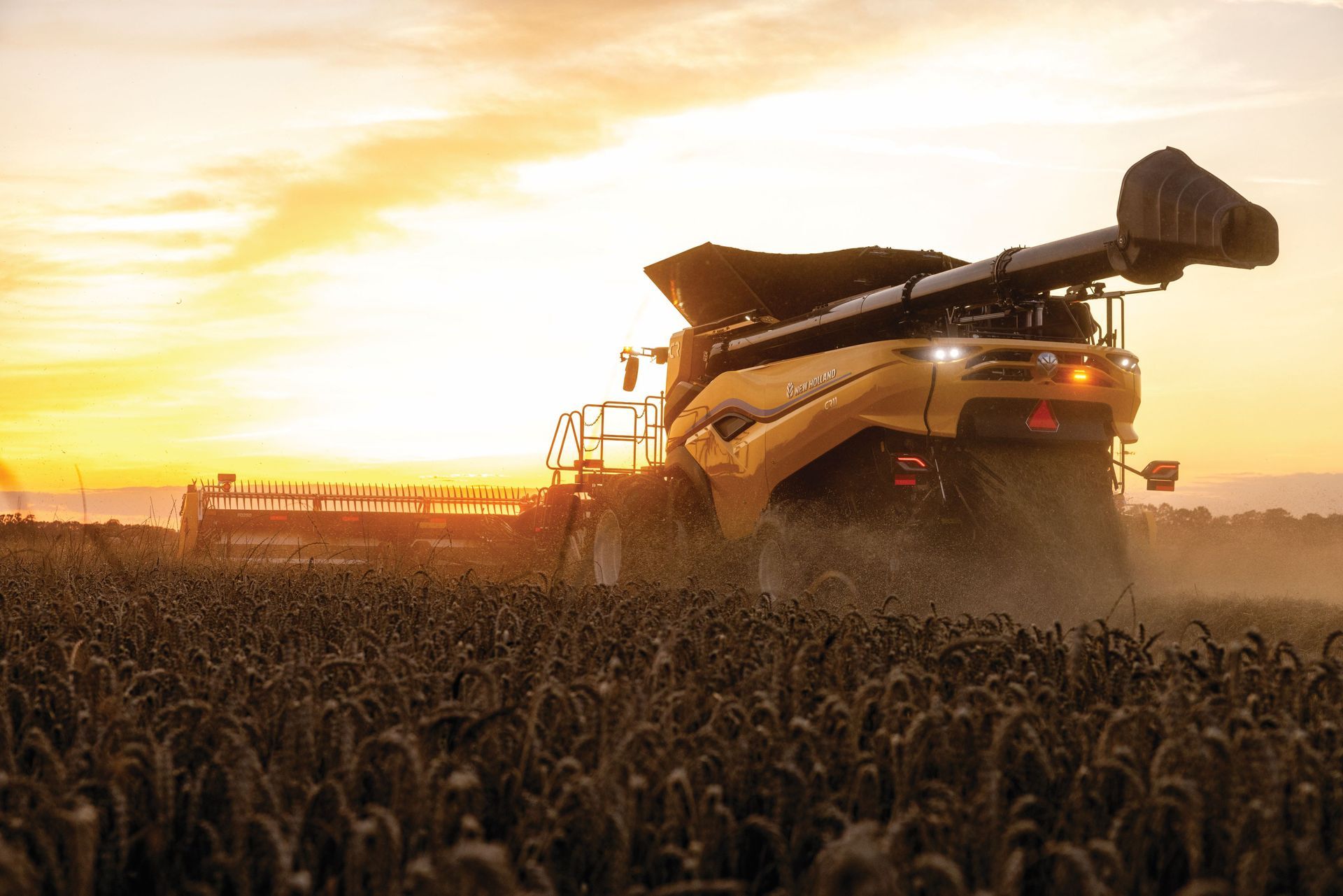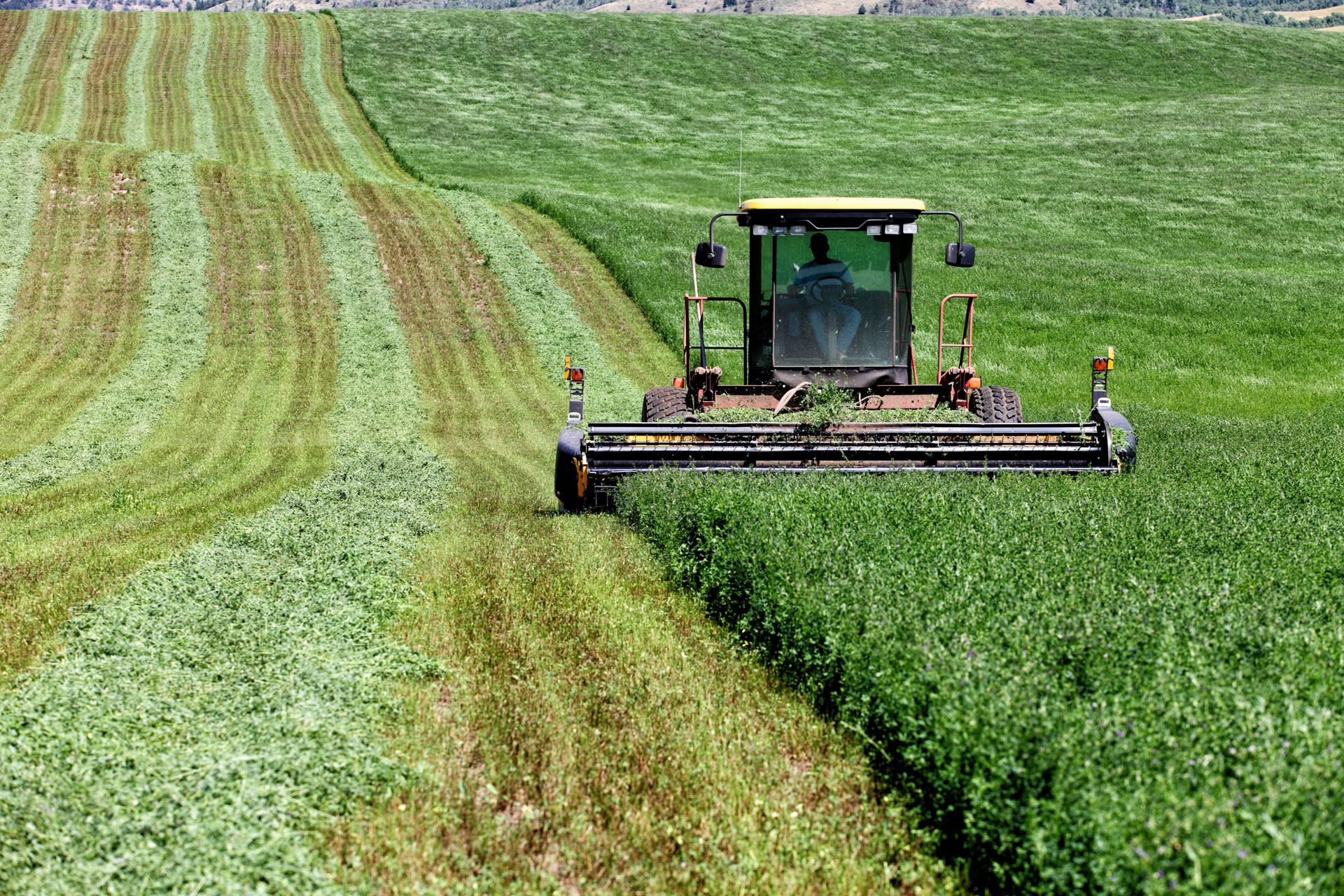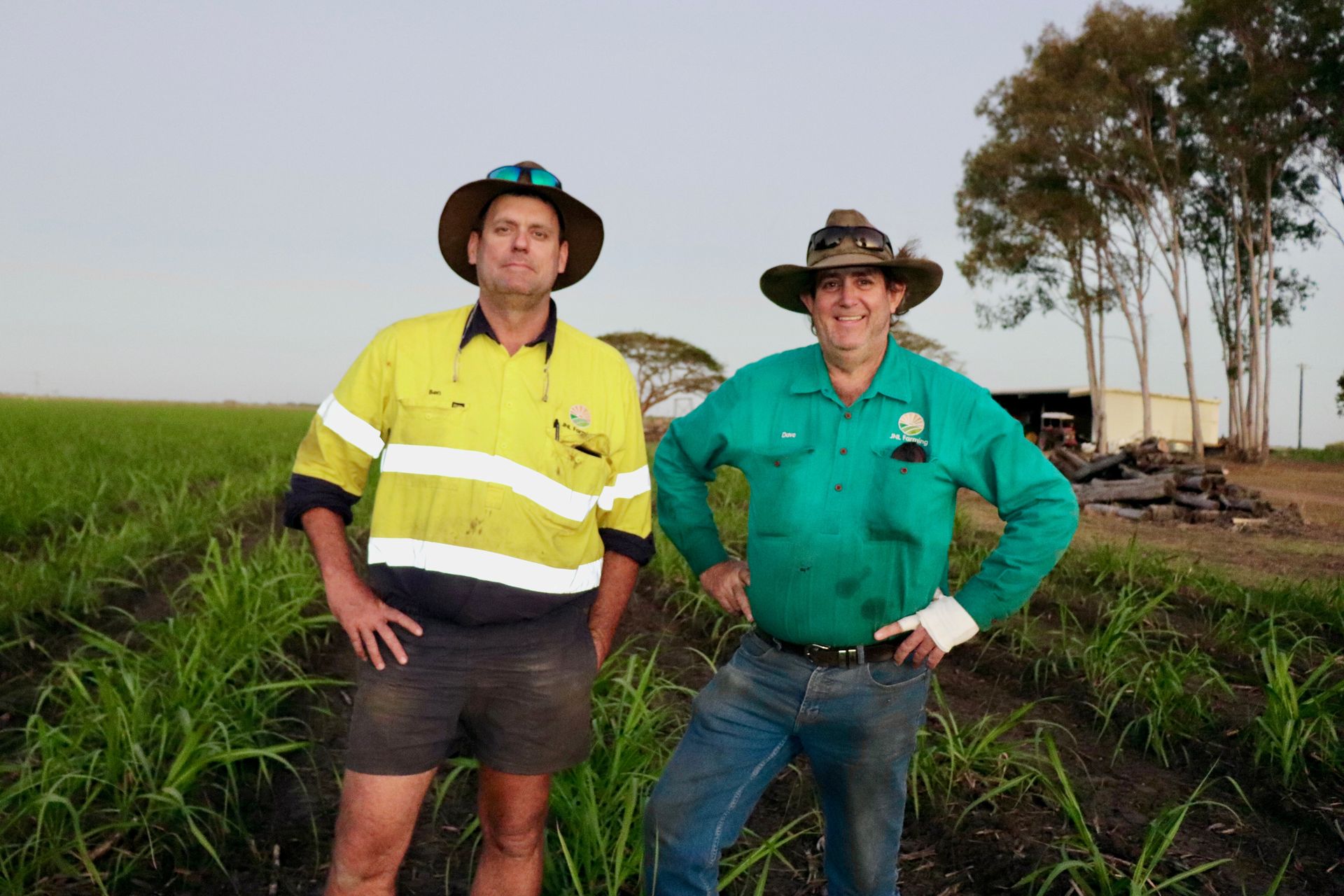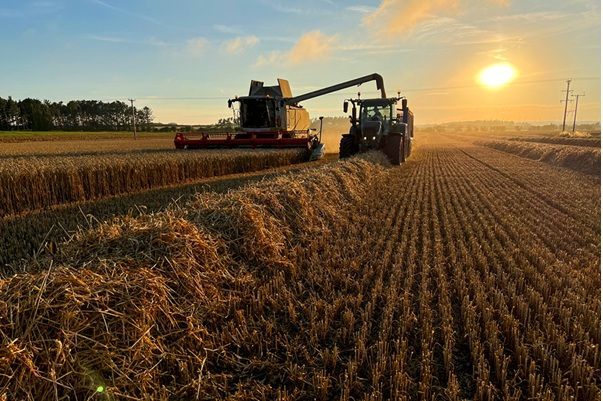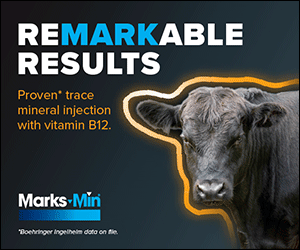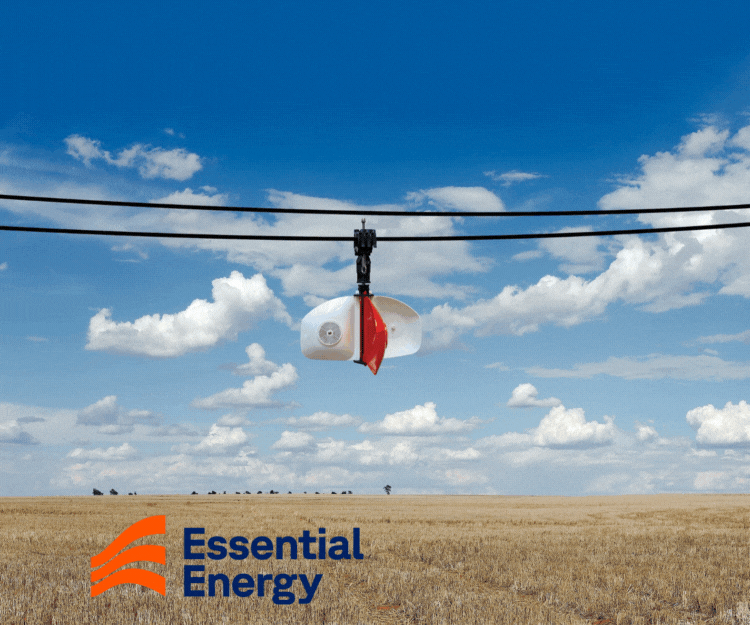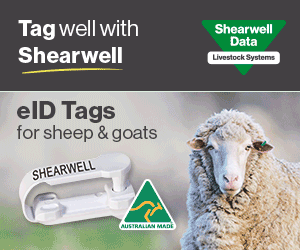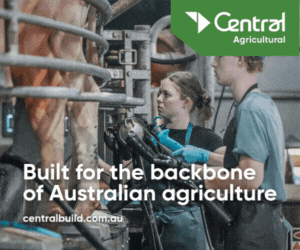1MG FlippingBooks
Aussie farmers slow to adopt agtech but opportunities abound
Continuing our series looking at the way digital technology is changing the way we farm, The Australian Farmer spoke to Scott McKinnon – General Manager Australia for precision agriculture data solutions provider Farmers Edge – about agtech adoption rates in Australia, where we can improve and the opportunities for farmers.
While the agtech market in Australia might seem crowded compared to ten or even five years ago, adoption of agtech hardware and software on farm is still relatively low according to Scott, and there’s every chance the market will only increase as Australian farmers implement more agtech solutions. It might seem overwhelming for the farmer but taking the time to properly consider your needs and a range of solutions will pay dividends.
“I think we’re just at the beginning of the wave in terms of agtech in Australia,” says Scott. “It might appear to be just the flavour of the month at the moment, but the technology is improving and more diverse products and offerings are coming into the market.
“Farmers need to look at their requirements and what they’re trying to achieve before they invest in solutions. Many farmers want to get into the agtech space and aren’t 100 per cent sure on what they want to achieve or don’t understand how the tech fits into their programs and this is where they encounter disappointing results. It’s a bit like buying a car – you need to ask a lot of questions and choose the one which suits your needs the best.”
For farmers, part of the problem is that they may not even know the right questions to ask. When it comes to companies such as Farmers Edge that provide software solutions driven by satellite imagery, something as seemingly inconsequential as the company’s satellite provider can make a massive difference to the end result.
“The newest satellite network provides 3-metre resolution and takes daily images, compared to older networks which provide 10-20-metre resolution and images taken once a week or fortnight,” says Scott. “This can cost farmers in terms of timeliness and accuracy.
“There’s a big difference between getting an image every day and an image every fortnight, especially during the growing season. If you can pick up issues, then fix them and make decisions in real time before yields are impacted, that’s a real advantage over having to wait two weeks. Depending on the issue, it could be too late to rectify after two weeks.”
Australia generally lags behind competitors in North America and Europe in agtech adoption, but that is largely due to the size of those markets and the comparatively larger levels of investment in technology research and development. Despite this, according to Scott, agtech adoption rates in Australia can differ greatly depending on the type of farming and some farmers are way ahead of their neighbours.
“In the Australian cropping market, cotton growers seem to have the highest adoption rate, which is driven by the cost of productivity and potential revenue per hectare of cotton,” says Scott. “Meanwhile, large broadacre cropping and pastures have the most room for opportunity.
“If you’re managing large areas, the more you or your advisors can manage your farm remotely and develop insights without having to get out into the field, the better. It will mean more timely decision making and more efficient use of time, whether that’s for an agronomist managing many clients or a grower managing many paddocks.”
